The Little-Known, Frenetic Japan of Tatsuo Suzuki

©Tatsuo Suzuki
Tatsuo Suzuki, known for his black and white ‘street photography’, is one of the contemporary photographers who best conveys the time in which we’re living. We had the privilege of speaking to him.
A native of Tokyo, Tatsuo cut his teeth at the ‘Resist’ school of photography which was, at the time, run by Masayuki Yoshinaga and Daido Moriyama. These two iconic figures in Japanese photography encouraged their students to focus on their personal artistic expression rather than the technical elements surrounding photography, Tatsuo reveals. This sense of creative freedom runs through his art and has fuelled his imagination from the earliest stages.
Now aged 54, the artist only began to take a real interest in photography in 2008, at the age of 43. ‘Now, I can say that my career was a coincidence. One day, somewhat by chance, I bought a digital camera, a “reflex” as they say. I soon tried it out and it was like an instant revelation. I couldn’t do without it and I took it everywhere with me. What fascinated me was how I could express myself in a short space of time. It was such a nice feeling of freedom! And I’ve never stopped since’, the photographer explains.
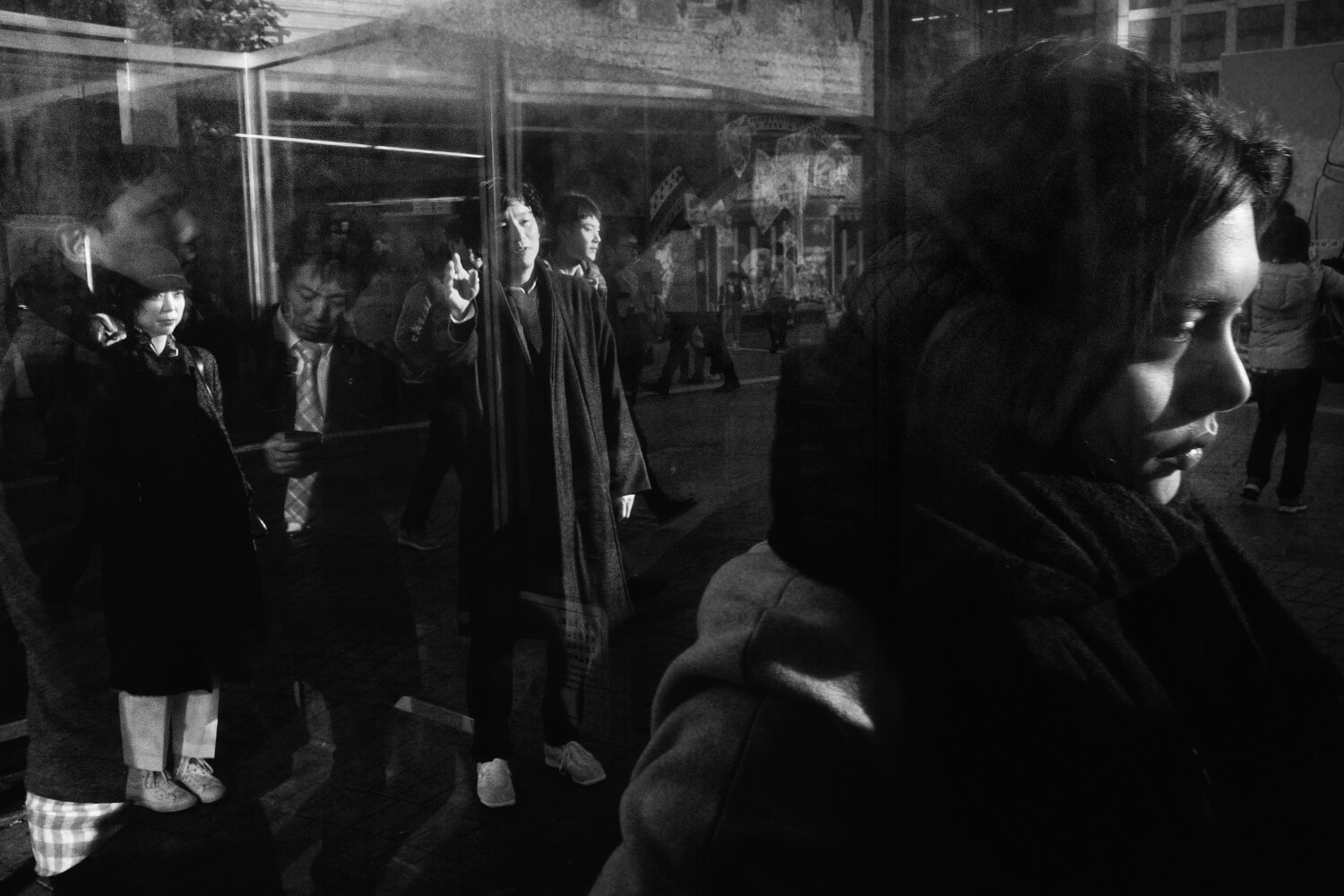
©Tatsuo Suzuki
Despite his late start in photography, he won the PhotoVogue section of the 2013 Photolux Award, beating over 66,000 competitors from all over the world. In 2016, he confirmed his talent for a second time by winning the first edition of the ‘STEIDL Book Award Japan’, which enabled him to publish his first book of photos, which is due to be released very soon.
An artistic fibre undeniably runs through Suzuki, and has revealed itself a little more over the years through his captivating, frenetic monochrome portraits. Why does he only use black and white? Tatsuo explains that, in his opinion, this is the best way to define the human presence and people’s passion and, therefore, illustrate their emotions. ‘For me, using colour is like talking too much’, he adds simply.
His work is incongruous due to its sense of movement, spontaneity and different ways of framing, all of which invite us into the intimate world of passers-by. We therefore discover panicked, exhausted, passionate, surprised, happy and sometimes crushed expressions on faces. One thing is for sure: Tatsuo succeeds brilliantly at translating all the power of a being through his street photography, which provides a very sincere expression of emotional states captured on the spot, all of which are different but often harrowing.

©Tatsuo Suzuki
‘My personal history is responsible for creating this sensitivity which has motivated me since I was very young. And these are all the emotions I feel through the eyes of people who encourage me to pursue photography. Ultimately, my story is the central theme of my artistic approach. I try to translate the emotions I’ve felt at a particular moment in my life and that I feel again when I encounter passers-by. Glances, attitudes, a situation that touches me, inspires me, and that I capture instinctively and immediately’, Tatsuo continues.
Although some gazes might appear to penetrate right through the lens, Tatsuo never asks for permission to photograph these strangers, he admits. Inspired by Robert Frank, he aims primarily to capture ‘the decisive moment’ and humanity in its entirety. Much like the Swiss photographer, the streets and the agitation of the city constantly fuel his passion.
The result is almost stolen moments and poignant scenes from life which reveal a little-known Japan and many faces in the shadow of a society scarred by excess. Tatsuo wishes to showcase these strangers even more prominently in his magazine ‘Tokyo Street’, which was released in late 2019. This 100-page bimonthly magazine seeks to show Tokyo from all angles. The third issue is available online now. For more information on the artist’s upcoming exhibitions, head to his website.
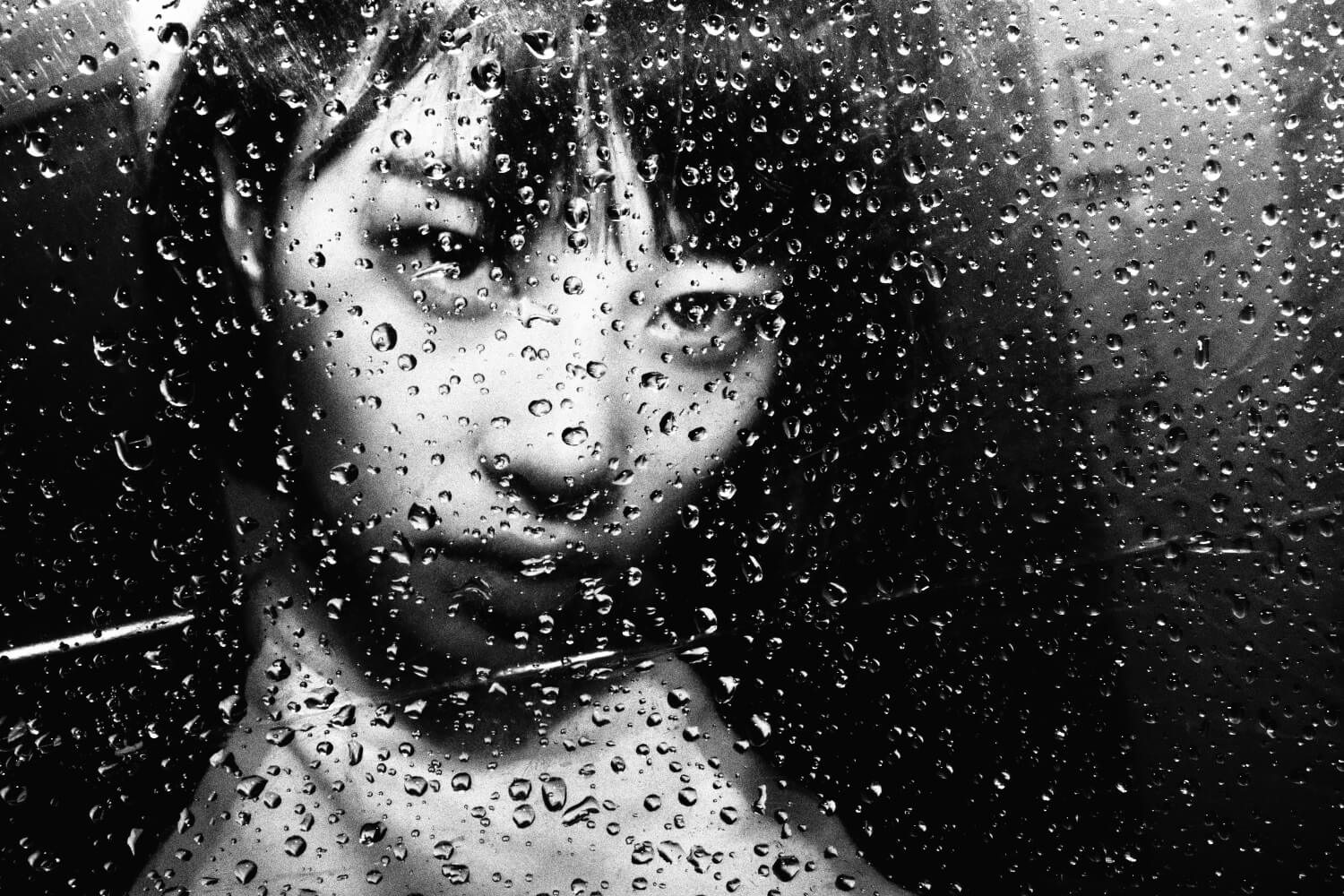
©Tatsuo Suzuki
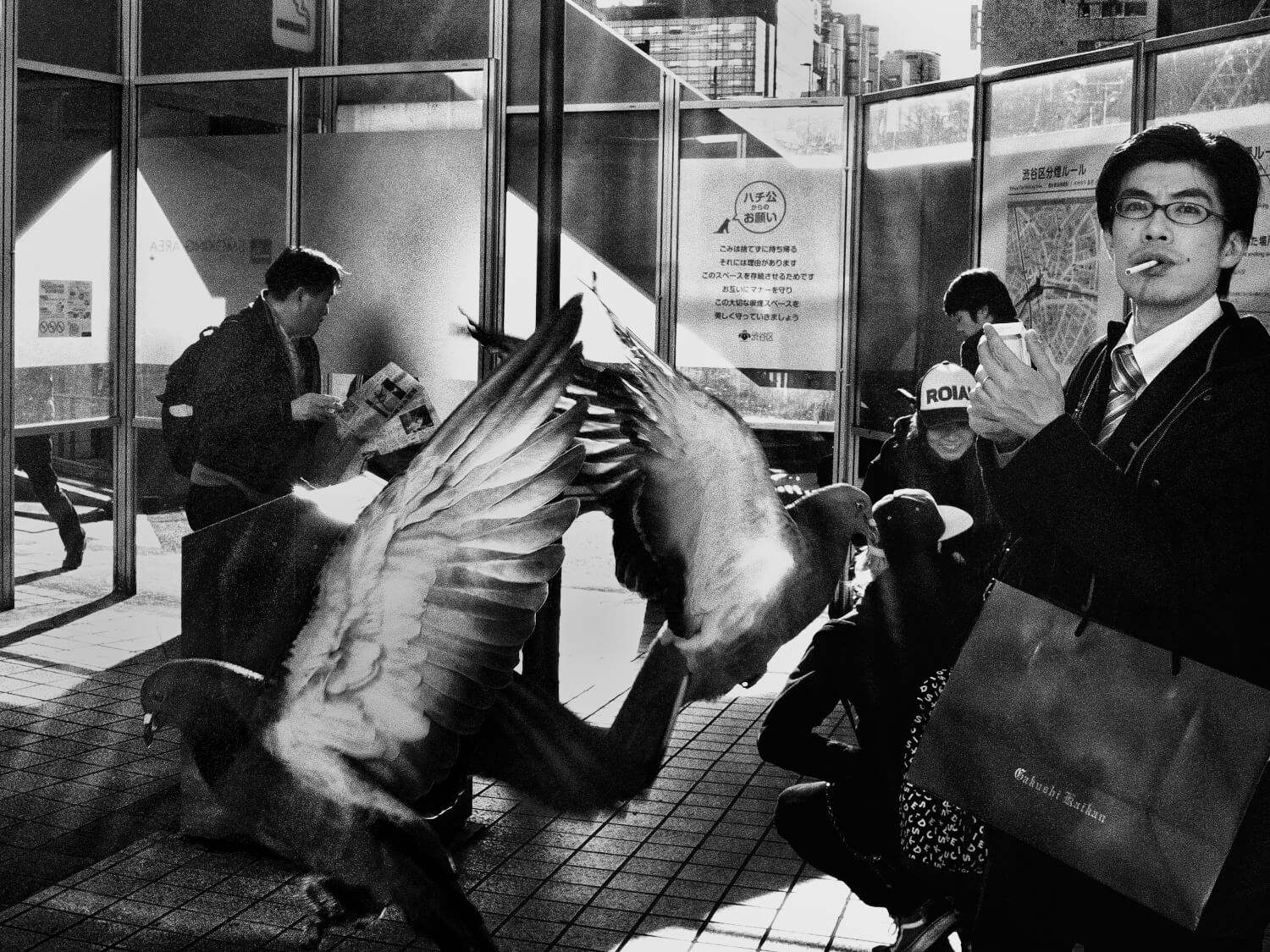
©Tatsuo Suzuki

©Tatsuo Suzuki
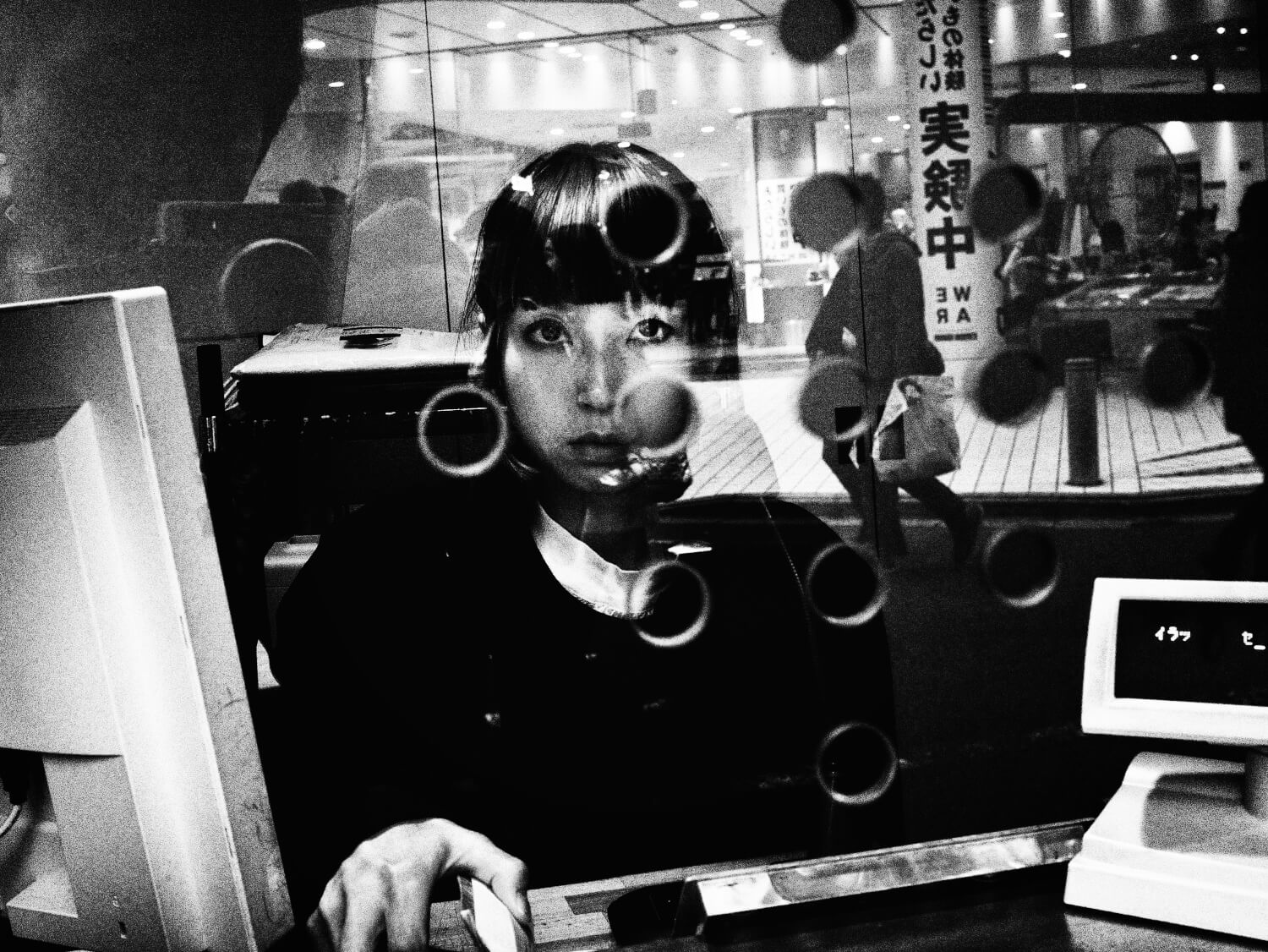
©Tatsuo Suzuki
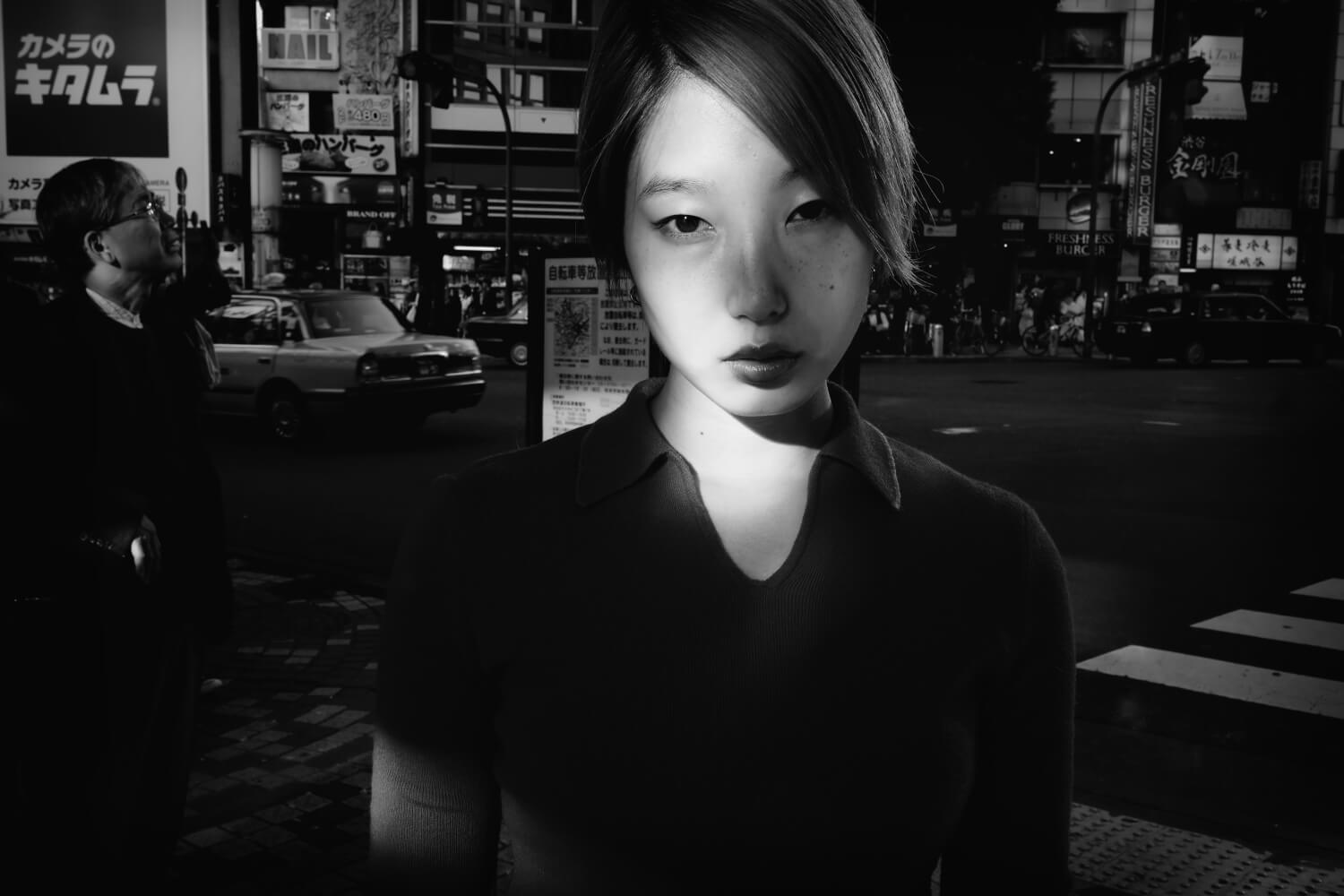
©Tatsuo Suzuki

©Tatsuo Suzuki
TRENDING
-
The Tattoos that Marked the Criminals of the Edo Period
Traditional tattoos were strong signifiers; murderers had head tattoos, while theft might result in an arm tattoo.

-
Paris, Tokyo: Robert Compagnon
With his co-chef and talented wife, Jessica Yang, Robert Compagnon opened one of the top new restaurants in Paris: Le Rigmarole.
 3:31
3:31 -
Chiharu Shiota, Red Threads of the Soul
Last year, more than 660,000 people visited the retrospective 'Chiharu Shiota: The Soul Trembles' exhibit at the Mori Art Museum.

-
‘Before Doubting Others, Doubt Yourself. Who Can Truly Say a Dish Isn’t What It Used to Be?’
In ‘A Non-Conformist’s Guide to Surviving Society’, author Satoshi Ogawa shares his strategies for navigating everyday life.

-
The Story of Sada Yacco, the Geisha who Bewitched Europe
Described by Dazed magazine as the first beauty influencer, she has been restored to her former glory since 2019.





